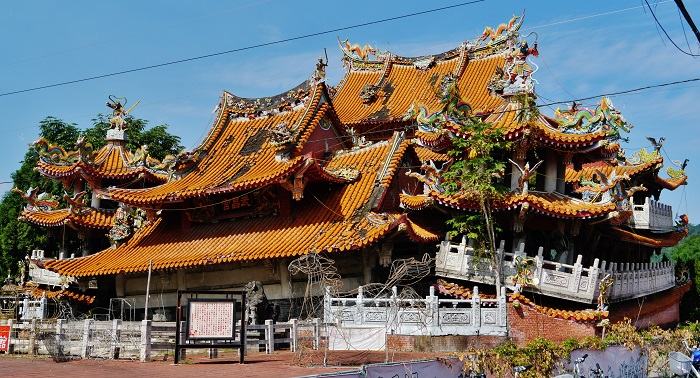-
Schools in Taiwan are required to conduct at least one earthquake drill every year
-
Taiwan has stricter building regulations than most countries
-
The government has set up an early warning system for emergencies
With over 18,500 earthquakes occurring each year, Taiwan is used to them. On average, every two to three years there will be a major earthquake that takes dozens of lives and causes billions of dollars worth of property damage. Having such a high frequency of disasters, Taiwanese people understand how to live with earthquakes.
History and response
Perhaps the most famous incident is the 921 Quake. On September 21st 1999, a 7.3 magnitude earthquake struck central Taiwan. In the following days, this disaster took the lives of 2,415 people, which is equal to one out of every thousand citizens living in Taiwan. The economic damage was $364.7 billion NT. By comparison, the national defense budget that year was only 248.5 billion NT. This was the single most catastrophic disaster in post-war Taiwan. Earthquakes in Taiwan can also be traced back to the Japanese era. On April 21st 1935, an earthquake struck Taichung, taking 3,276 lives, which to this day is still the highest death total caused by any disaster in Taiwan.
Learning from past mistakes has usually meant a loss of life, but Taiwan now has, more or less, strong disaster awareness. Schools in Taiwan are required to do at least one earthquake drill each year, usually on September 21st to commemorate the 921 disaster. Taiwan also has stricter building regulations than most countries, and buildings that were built after 921 can withstand, at least, a magnitude 5 earthquake. The ones that were built before it are also forced to go through structural checks. In recent years, with the spread of 3G and 4G networks, the government has been able to set up an early warning system which can give people more time to duck and cover in case of a natural or human-caused disaster, such as earthquakes, typhoons, or even incoming air strikes from foes. This system is tested each month and has constantly been upgraded. In doing so much, the government has only one goal – minimizing the damage of a major earthquake or disaster.
Getting better
Even still, earthquakes still take dozens of lives every few years. This indicates that there is still much to do. Whether disasters are rooted in human error or natural causes, there are things we can learn from other countries. Take the Fukushima nuclear disaster for example. Anti-nuclear power protests that sprouted in Japan also spread to Taiwan. Over two hundred thousand people marched down the streets demanding for immediate deconstruction of nuclear power plant No. 4. These protests were what killed the already controversial construction. By having regular meetings with other countries that suffer from earthquakes, we can receive the latest information and learn what we lack. This is especially important because by doing this we greatly reduce the damage of disasters.
According to government information, the response time of both the central and local government to earthquake emergencies is very fast. It usually takes 10-20 minutes to set up an operation center, and first responders arrive at the scene in only six minutes. It only takes a few hours to gather both rescuers and heavy equipment. Different ministries communicate well and have plenty of experience with this kind of operation. Take the Hualien earthquake in 2018 for instance. The government set up a cross-ministry group to the search for missing people, and they went from 183 missing people on the first day to seven on the second. This is proof that Taiwan has a tested emergency response system which is one the best in the world.
Overcoming problems
However, there is still one problem, as shown by Japanese help in bringing high level life detectors to Taiwan during the Hualien earthquake response. Because Taiwan lacks these high tech systems, we still rely on our friends to help. Overcoming these kinds of problems will require serious investment in life saving tools. The government will need to do things like buy robots that can enter narrow spaces and look for survivors in debris or purchase unmanned aircraft for regional disaster control monitoring.
Earthquakes are a deadly threat to Taiwan, but there is plenty of room to protect ourselves. By raising public awareness, conducting regular drills, and investing money in disaster prevention we can limit the loss of human life and property damage.





0 Comments